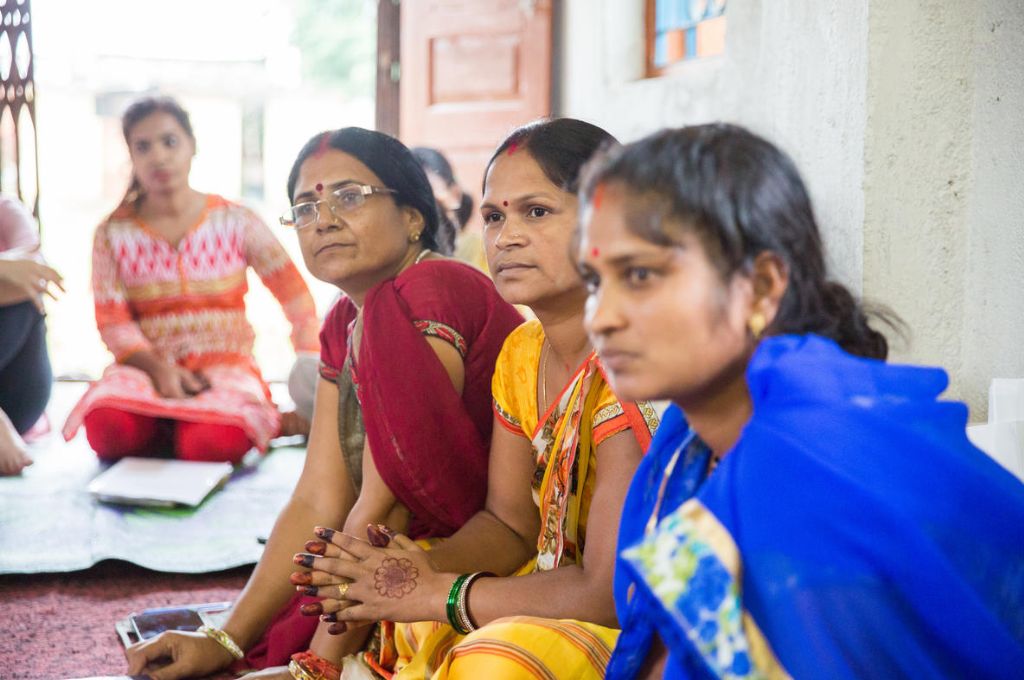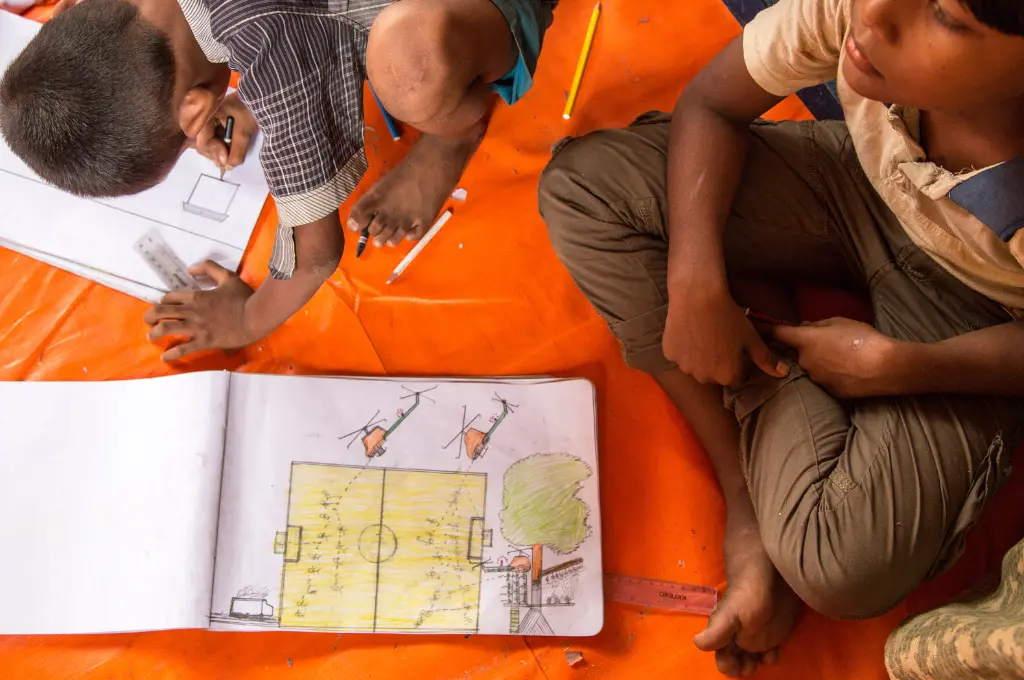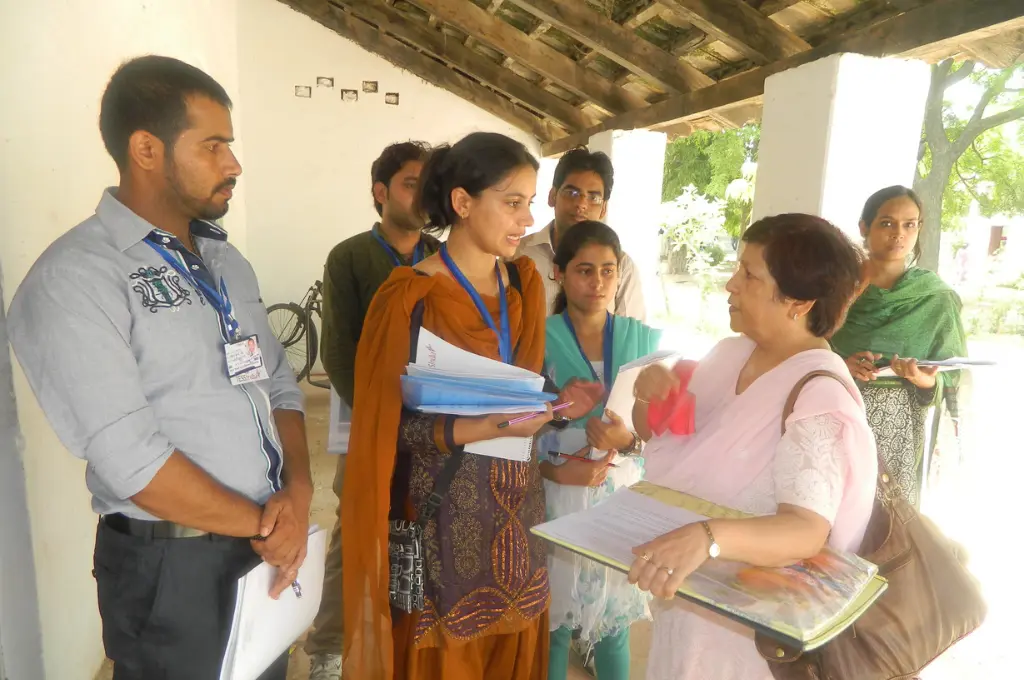The success of many social sector interventions depends on their ability to create behavioural change among their targeted participants. Across domains, from WASH to livelihoods, behaviour change is necessary to successfully scale and sustain an intervention. However, the conversation about behaviour change in most grassroots organisations revolves around awareness generation and sensitisation and very little attention is devoted to behavioural nudges. In this article, I share my experience of exploring a behavioural nudge intervention and provide pointers for any grassroots organisation looking to include behaviour change interventions in their programmes.
What is a nudge?
Richard H Thaler and Cass R Sunstein defined a nudge as “any aspect of the choice architecture that alters people’s behaviour in a predictable way without forbidding any options or significantly changing their economic incentives”. In other words, a nudge is a modification to the choices that people make to propel them towards a certain desired goal, without actively limiting any of the choices.
Nudges are often low-cost interventions and rely on the design of choices presented to the user. Designing choices effectively is particularly important in the development sector where the stakeholders cannot be coerced into behaviours that are favourable for the programme objective. Therefore, nudges should offer a low-cost solution to creating sustainable behavioural change.
I was part of a team that designed a livelihoods project operating in Uttar Pradesh, in which we aimed to diversify income sources of low-income households through backyard poultry. This programme is entirely community-funded, which means that the participants pay full cost, with no subsidy, for inputs and infrastructure set-up for the chickens. While this helps with the model’s sustainability, early adopter households with little income are reluctant to commit the initial capital towards poultry rearing. It often takes several meetings with the field staff to convince the households to participate. We found that this was particularly true for shed construction—a prerequisite for the households before they could receive the birds—which costs INR 2,000–3,000 on average. Since the households were bearing the full cost of the sheds, they also cut corners in aspects of size, design, lighting, and ventilation, which had a negative impact on the well-being of the birds. Thus, shed construction became a bottleneck for the programme and we identified the need for a behaviour change intervention to help low-income families be more receptive to asset creation.

Our nudge involved redesigning how asset creation was communicated to the low-income households that were most reticent about spending money to construct sheds.
First, we changed the targets for the households; instead of defining the goal as a completed shed, we gave the households smaller, more manageable targets—to raise a wall, erect pillars, purchase a net, and so on.
Second, we tried to create opportunities for the households to visualise the shed before it was constructed. This was done by using a chalk to mark the plot reserved for the shed and encouraging households to draw a rough plan of the shed. By setting smaller goals, the aim was to reduce the perceived barrier to entry to shed construction. This was also coupled with the idea of sunk costs—the hypothesis was that households are more likely to continue spending to complete their sheds if they have already spent some money or time on it.
After running this modified communication design for a month in all three of our operational blocks, we were able to see some positive results. The strongest success stories came from our efforts to create visual markers for the sheds. Households were now able to tangibly see the plot of land marked off for the shed and were therefore taking a more proactive interest in construction. In several instances, this reduced the need for follow-up by the field staff. The chalk marking also helped maintain consistency in the size of the sheds constructed. An interesting side effect that we did not anticipate was that the very act of chalk marking sparked interest and curiosity among other households in the vicinity about backyard poultry as a livelihood option.
The staged construction approach also showed some positive results. Households that had completed the more labour-intensive work of raising mud or brick walls for the shed were more open to spending money on the net or tarpaulin for the roof. This supported our working hypothesis and also gave an indication on their perception of imputed labour and out-of-pocket costs. These early-stage successes further cemented our belief in the power of well-placed nudges in our operations.
This example of a real-world application of behavioural nudges illustrates the impact they can have in the development sector for little to no cost. For the negligible cost of chalk powder and a few training hours, our nudge was able to induce real behaviour change. We achieved this by working with the constraints of the community and not against them. For a grassroots organisation looking to adopt a nudge-focused approach to behaviour change, here are some pointers to keep in mind:
1. Build a solid foundation of data gathering
You might notice a glaring lack of data in this article and instead a heavy reliance on anecdotal field reports. At the time of piloting this intervention, we lacked a robust data collection and analysis process, which significantly limited our ability to show the effectiveness of our nudge. Behavioural nudges are only demonstrable through the end result they achieve, and for an organisation looking to build evidence for a process, it is absolutely critical that a sharp data gathering and verification process is put in place before the nudge is introduced in the field.
2. Understand the intervention process well
This is general good practice for programme managers and designers, but it is particularly relevant for designing a nudge. It is important to understand how the intervention is implemented on the field, what the elements lost or added through the communication pipeline are, and what the levers for decision-making are. In our case, our studies had shown that shed construction presented a cash-flow problem to households, particularly when they had to purchase materials from the market. This in-depth understanding gave us the best chance of identifying key areas where a nudge could be most effective and easy to implement.
3. Prioritise the field staff
The success of any pilot is dependent on the quality of execution by the functionaries on the ground. Quality of service delivery is contingent on how changes to the process are adopted within the team, and the level of acceptance for the process change among the delivery agents. A behavioural nudge that is difficult to implement or adds undue burden on the field staff is unlikely to succeed. For our nudge, we adopted a consultative approach with our field teams, taking daily inputs and updates and troubleshooting problems, all of which helped create ownership towards the initiative. This sense of ownership was important for ensuring process adherence, and it also helped the field teams observe the changes occurring due to the nudge first-hand.
The views expressed in this article are the author’s own.
—
Know more
- Read this explainer on behavioural nudges.
- Watch this video in which Richard H Thaler discusses nudging and choice architecture.
- Read about the benefits and challenges of rearing small livestock in India.





